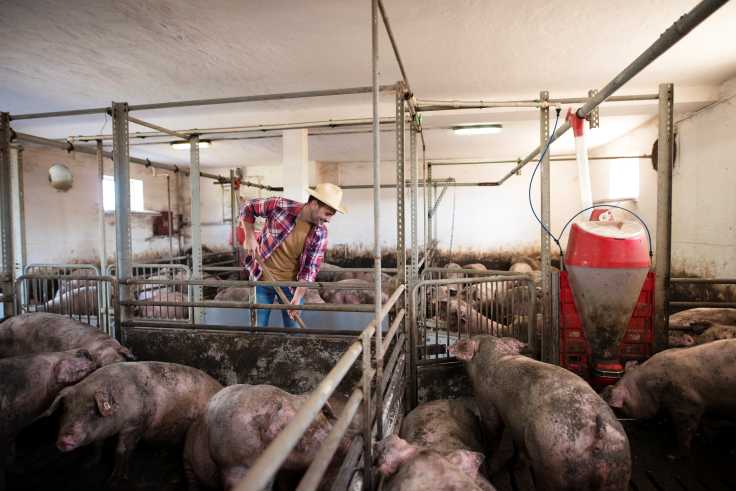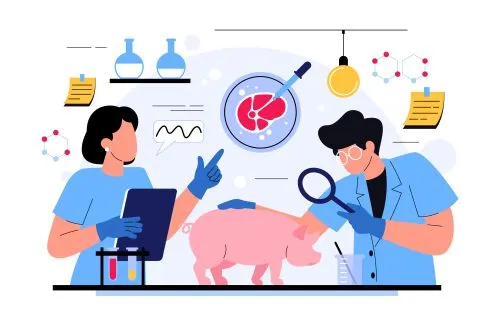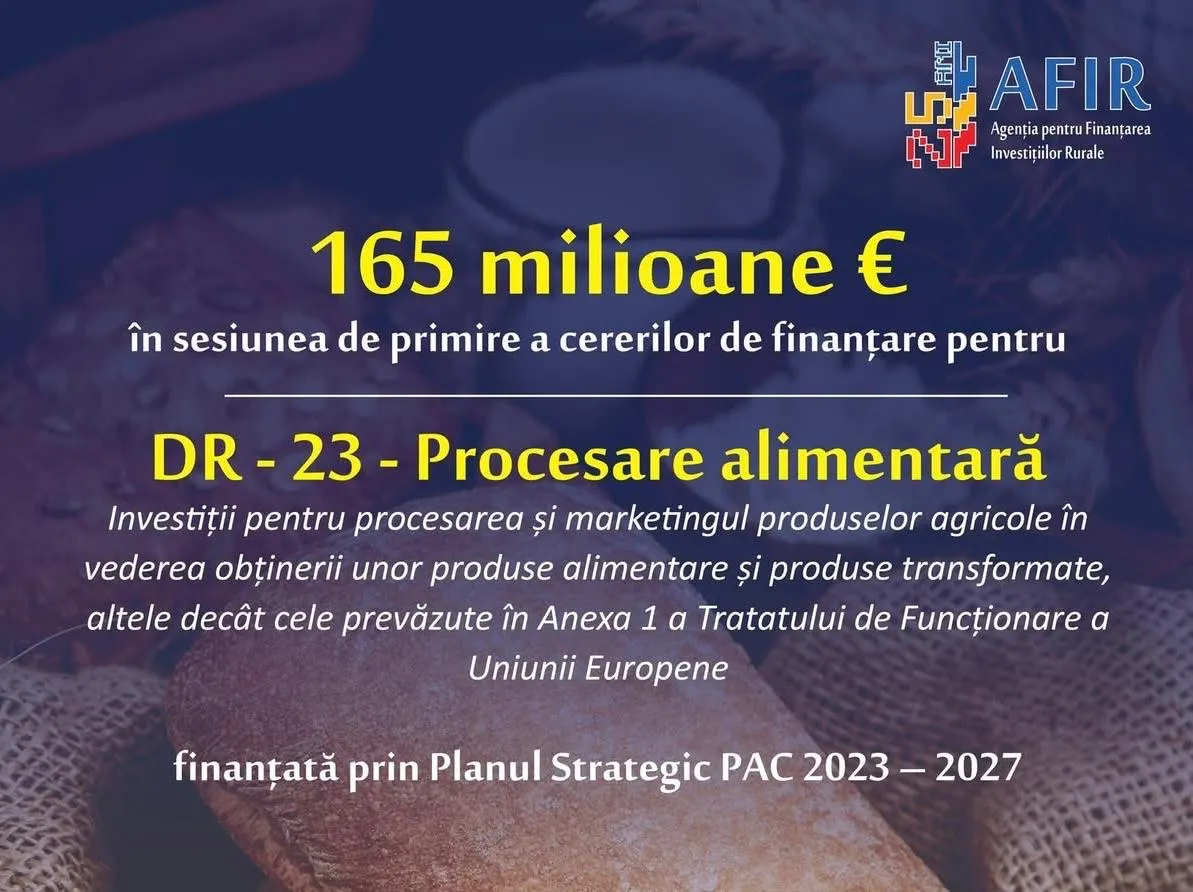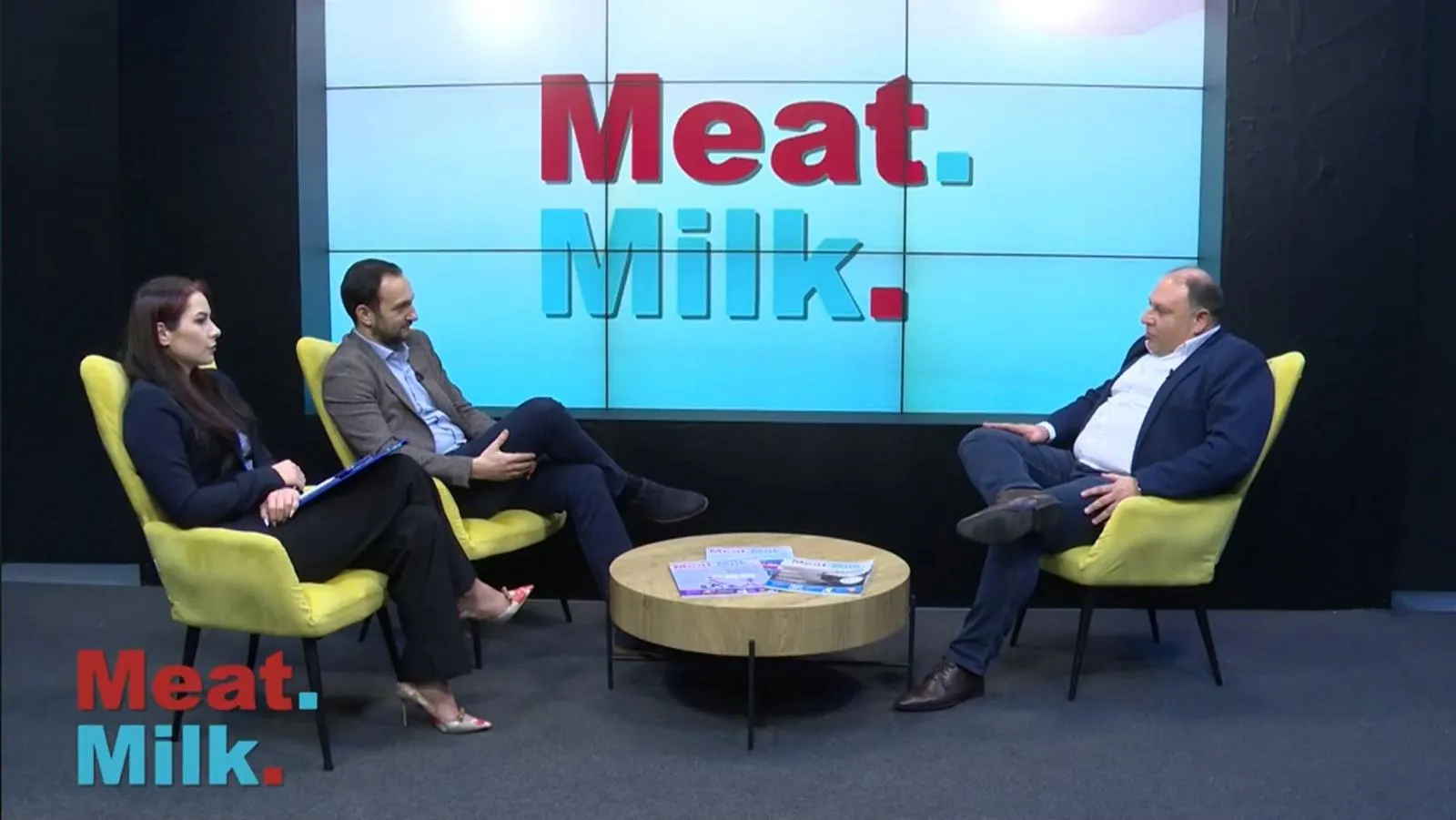
Feed accounts for over 60% of production costs on pig farms, and cereal market volatility directly affects the sector’s profitability. In 2024, the price of corn rose by 18% compared to the previous year, while soy increased by nearly 22%, according to European stock market data. This development led to a 15–20% increase in the average production cost of a pig.
Large vertically integrated farms manage to mitigate these increases through their own grain production. In contrast, small and medium-sized farms, which rely on market purchases, face significant losses. The live pig price, at around 8.5 lei/kg in 2024, does not fully cover these costs.
Experts argue that short-term solutions include long-term supply contracts and diversifying sources of plant-based protein. In the long run, farmers need to invest in feed efficiency technologies and high-performance genetics that reduce feed requirements.
The PNS and AFIR 2023–2027 programs provide financial support for the construction of silos, systems for producing on-farm feed, and equipment for monitoring consumption. Rapid adaptation is essential to prevent the disappearance of vulnerable farms.
(Photo: Freepik)





